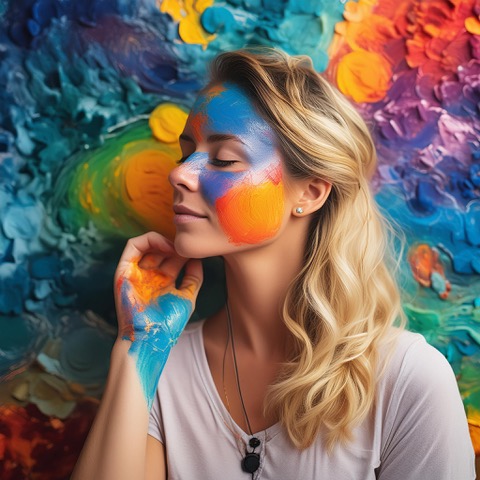While May brings green, for some the variety of colours is always present. Imagine listening to music or tasting your food and seeing a kaleidoscope of colours — this is the reality for people with synaesthesia. This rare perceptual phenomenon interweaves senses in a way that is strange to most of us. For synaesthetes, it is normal for a ‘C’ to appear sky blue or the taste of mint to appear visually colourful. Kandinsky the painter, himself a synaesthete, used colours to paint musical notes, with a trumpet lighting up a bright yellow in his mind.
In Germany, up to 4% of the population could have synaesthetic experiences — that would be around 3.2 million colour listeners and word tasters. The genders are evenly represented. Synaesthesia is not only a fascinating phenomenon, it is also a window into the way our brain works and shows us how complex our perception of reality can be.
Are you intrigued now? Take a look at the University of Sussex’s website on synaesthesia: Jamie Ward, Professor of Cognitive Neuroscience there, is one of the leading researchers in this field.
